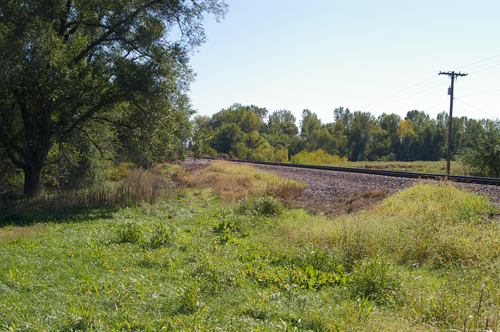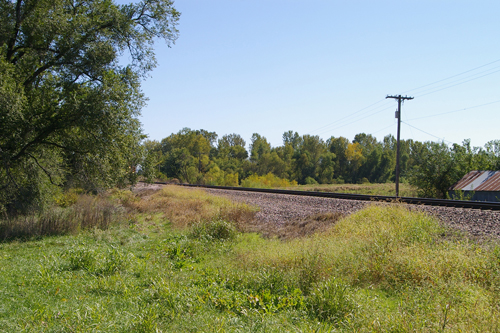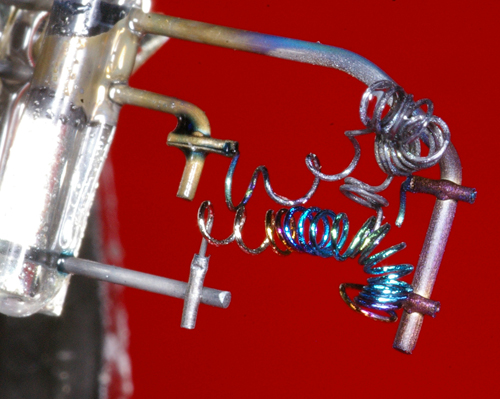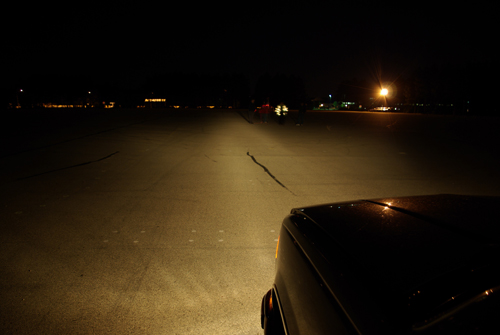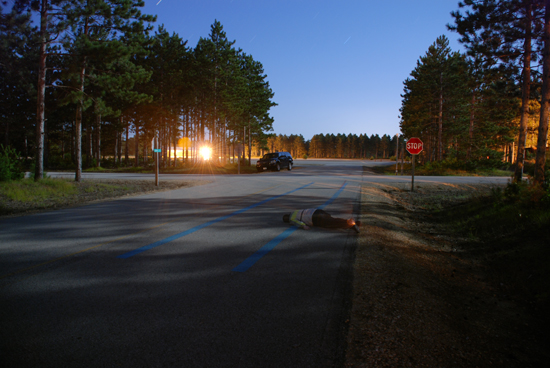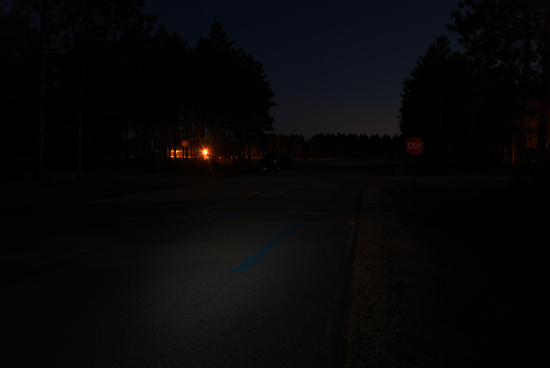What We Do
Visibility Issues
Nearly all crashes have some visibility aspect in question. A motorist may fail to notice an approaching train or pull out in front of a vehicle not realizing the hazard or appreciating visual cues present within the scene.
During our site investigation, we document the location photographically, and may use our total station to map the terrain and other pertinent data. Also, if adequate lighting is at issue, the site would be documented using a state-of-the-art photometer. This allows quantitative measurements in addition to qualitative observations.
In addition to performing visibility investigations, Kevin Johnson teaches along with Jim Sobek, P.E. at Clearly Visible Presentations. In these courses, students learn the physics behind lighting and also learn how to document scenes with difficult illumination.
Accident Reconstruction
This is a generic term used to describe the process of utilizing math, physics, and the scientific method to determine the dynamics of a collision that has occurred.
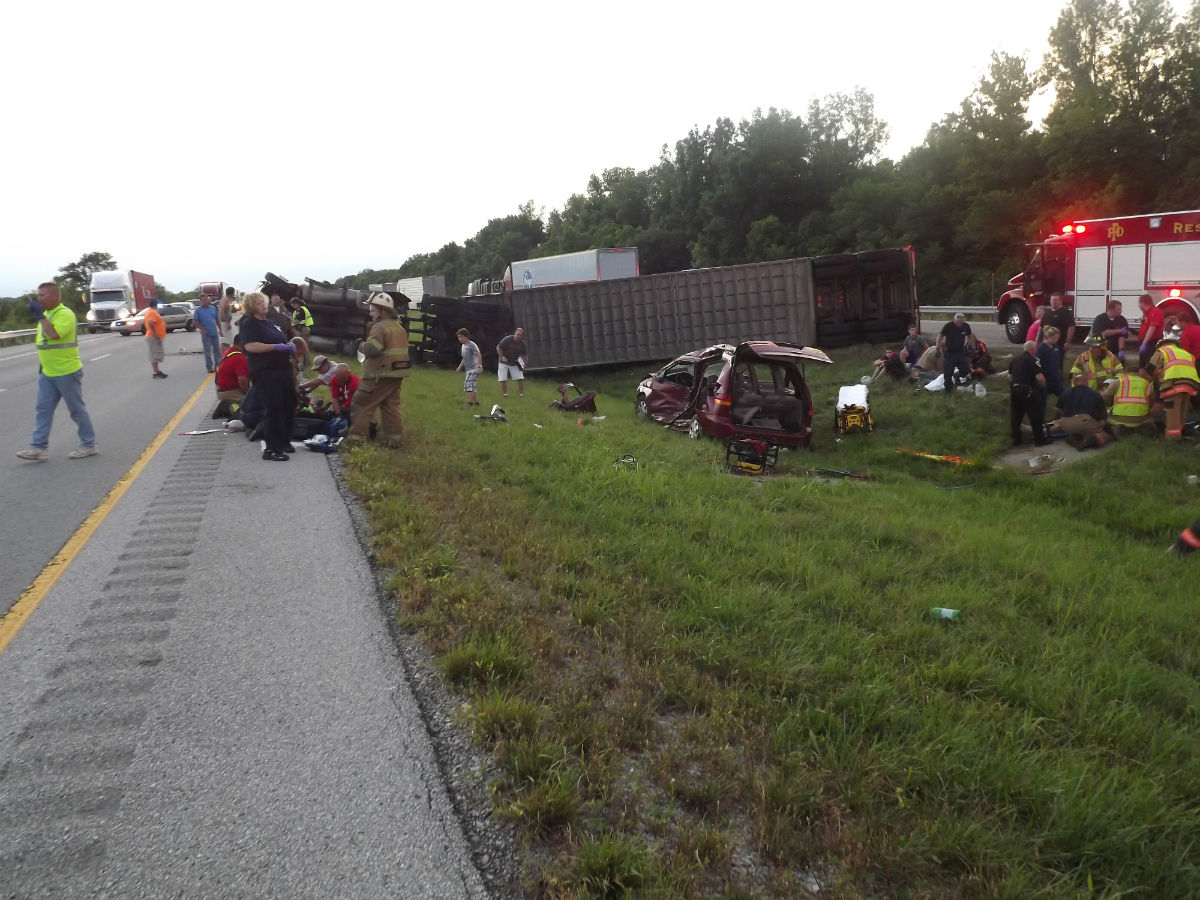
As an Accident Reconstructionist, we are often called upon to identify the contributing causes of a collision. This may include driver, vehicular, and roadway issues or a combination of factors.
The Laws of Physics are applied to the analysis so that it is reproducible, commonly accepted in the scientific community and accomplished to a degree of scientific certainty.
The process typically starts with the site documentation. During this part of the investigation, the roadway is inspected for damage and evidence of the collision. Photographs are taken and measurements are made documenting the tire marks, scratches, gouges and other debris that may have been left as a result of the impact.
Vehicle exams are performed to determine the extent of damage to the vehicles involved and to look at specific components. Many vehicles have data recorders that can be imaged and analyzed. In addition head lamps, tail lamps and other lights may be inspected to determine if they were illuminated at the time of an impact.
Throughout the discovery process other data, statements, depositions, and other evidence is gathered and analyzed. At the conclusion of the investigation, the goal is for you to have a better understanding of the facts of the case and to have a resourse to explain these scientific principals to your audience. This can be accomplished through demonstrative graphics, a written report or through deposition and trial testimony.

